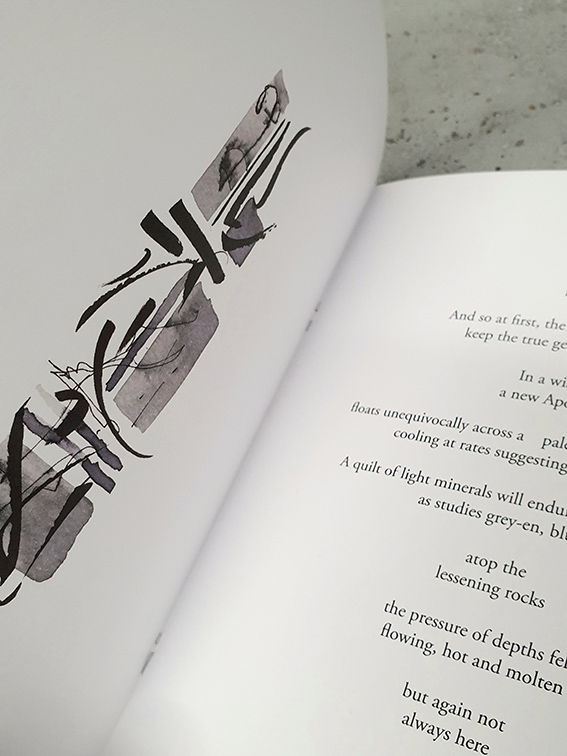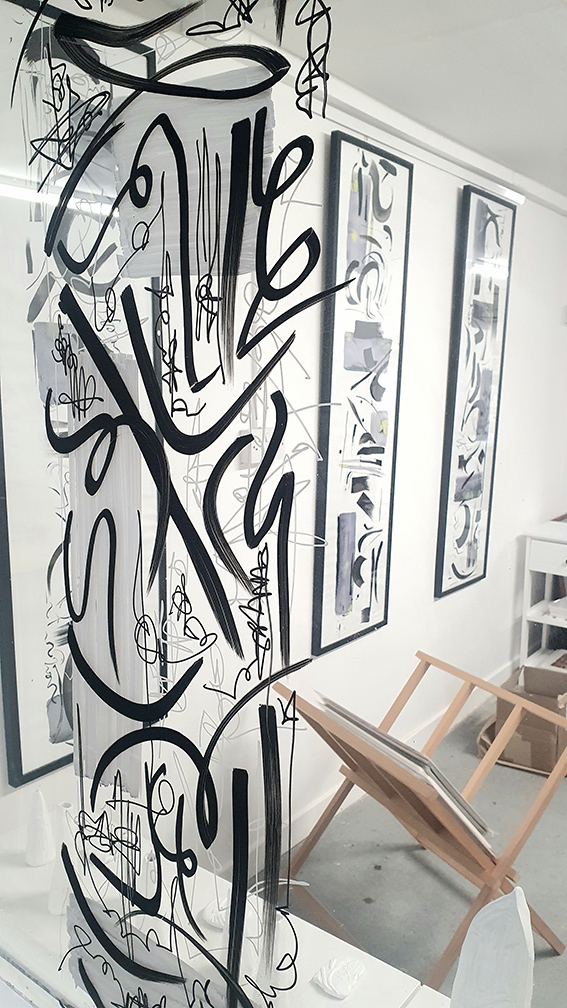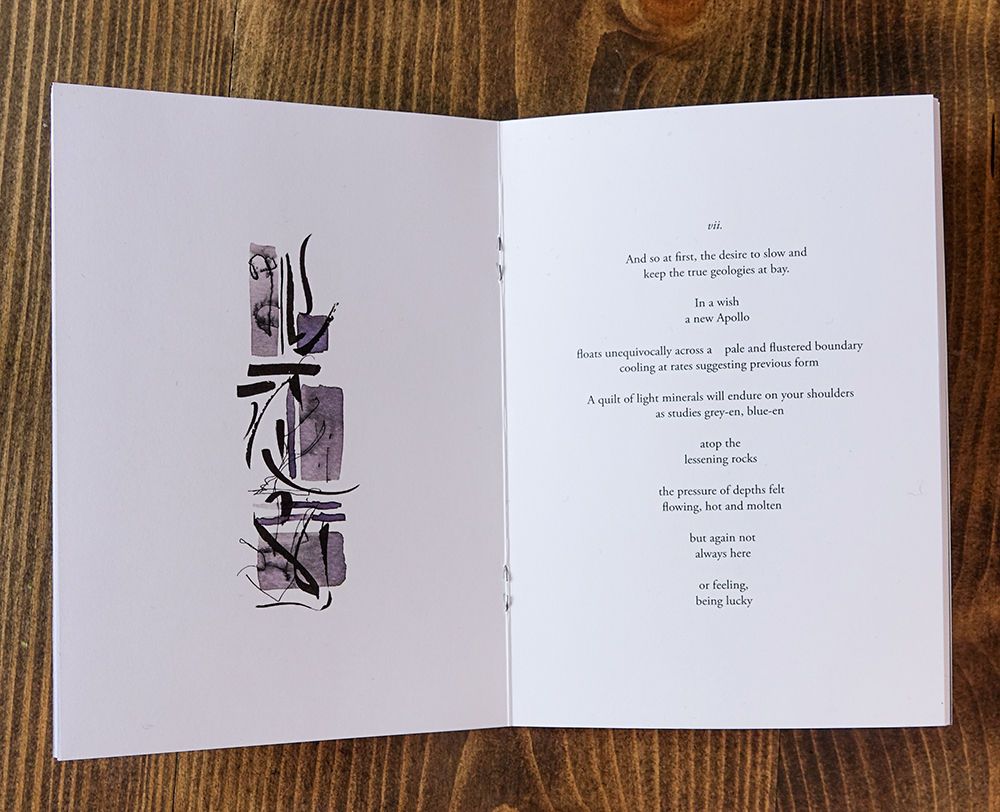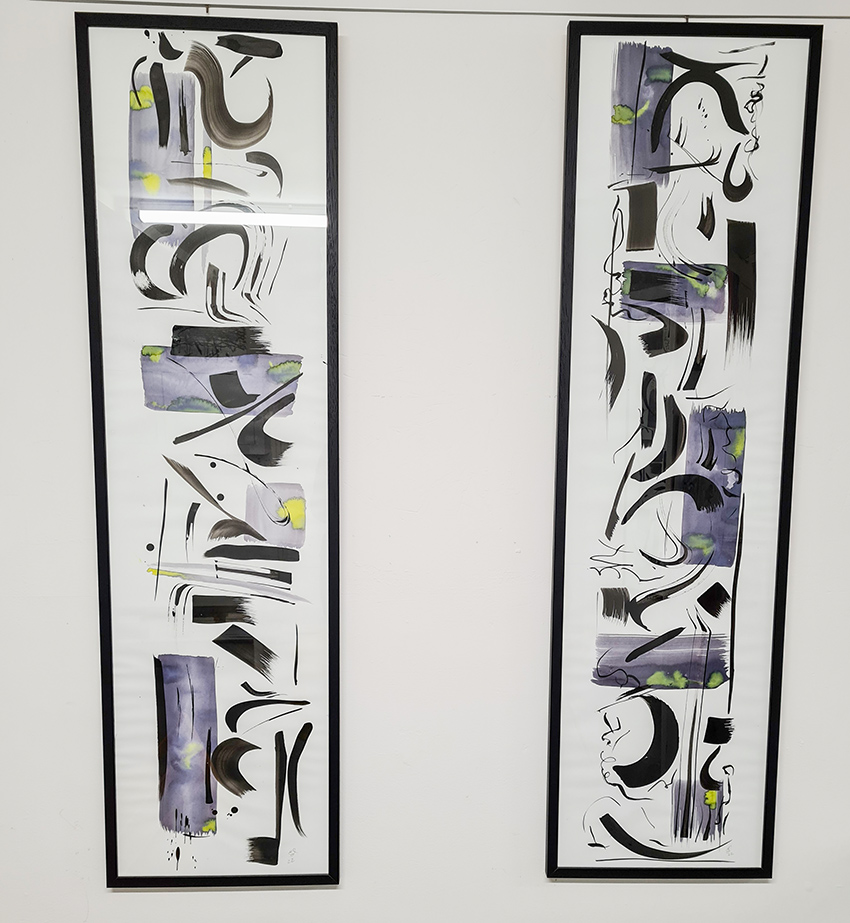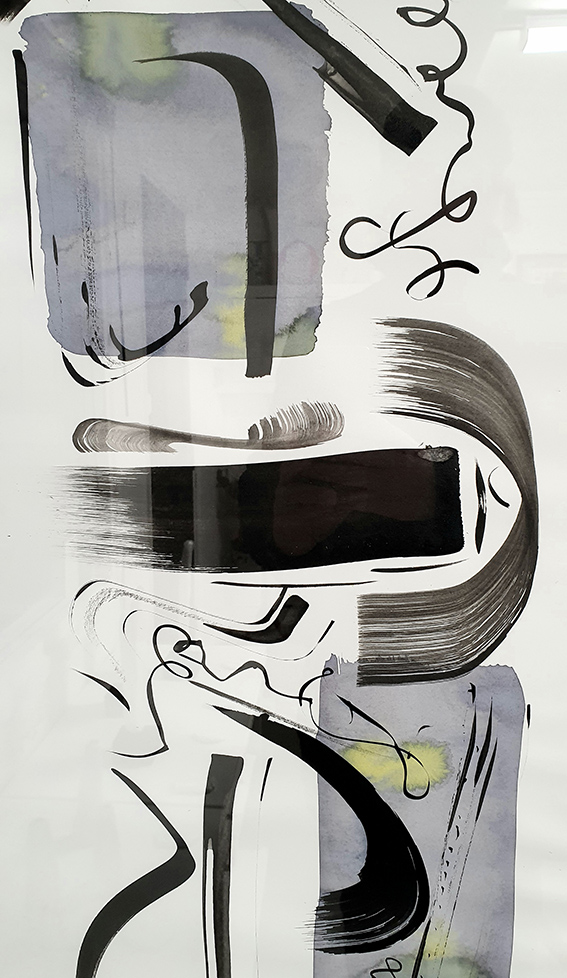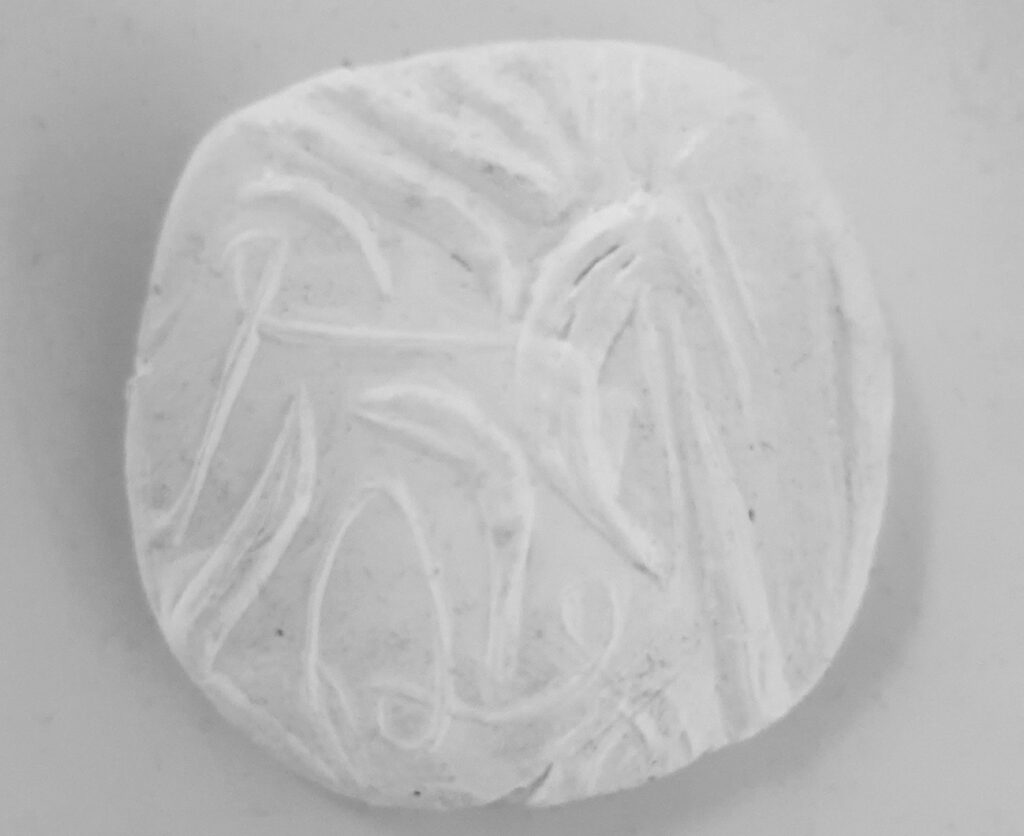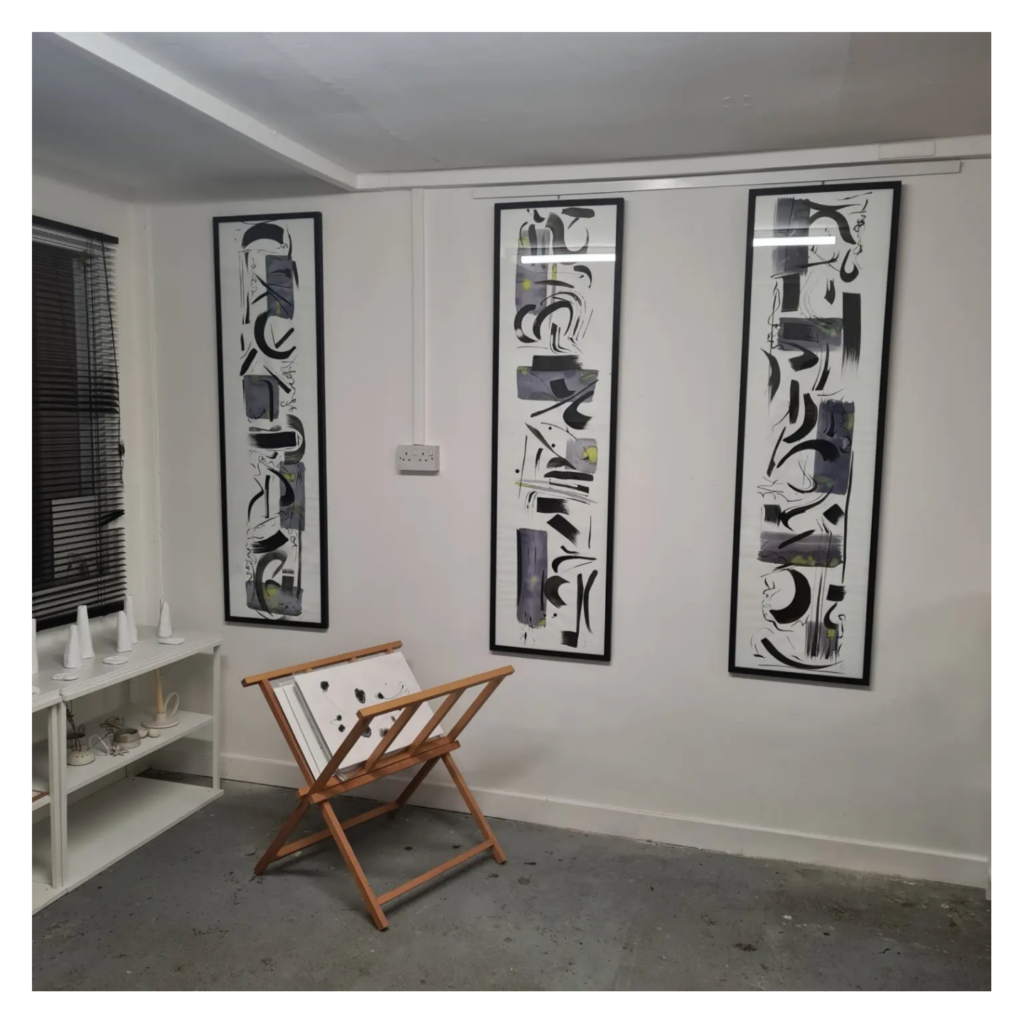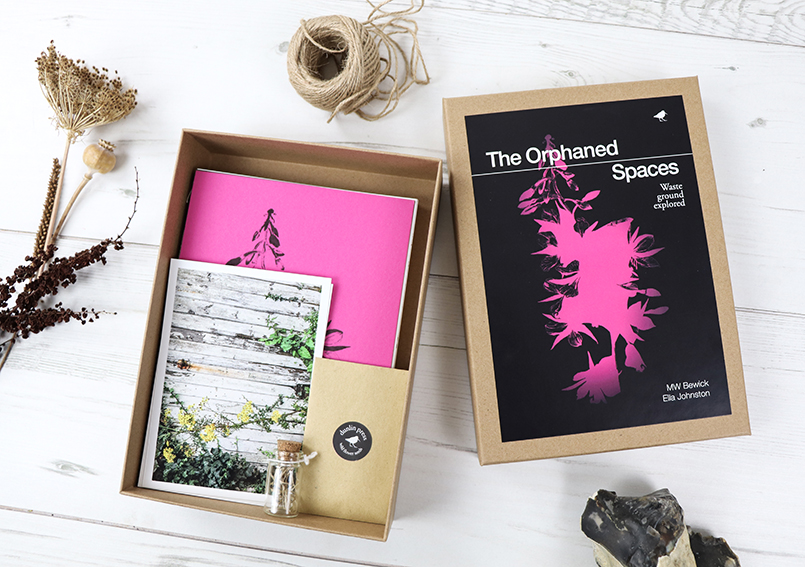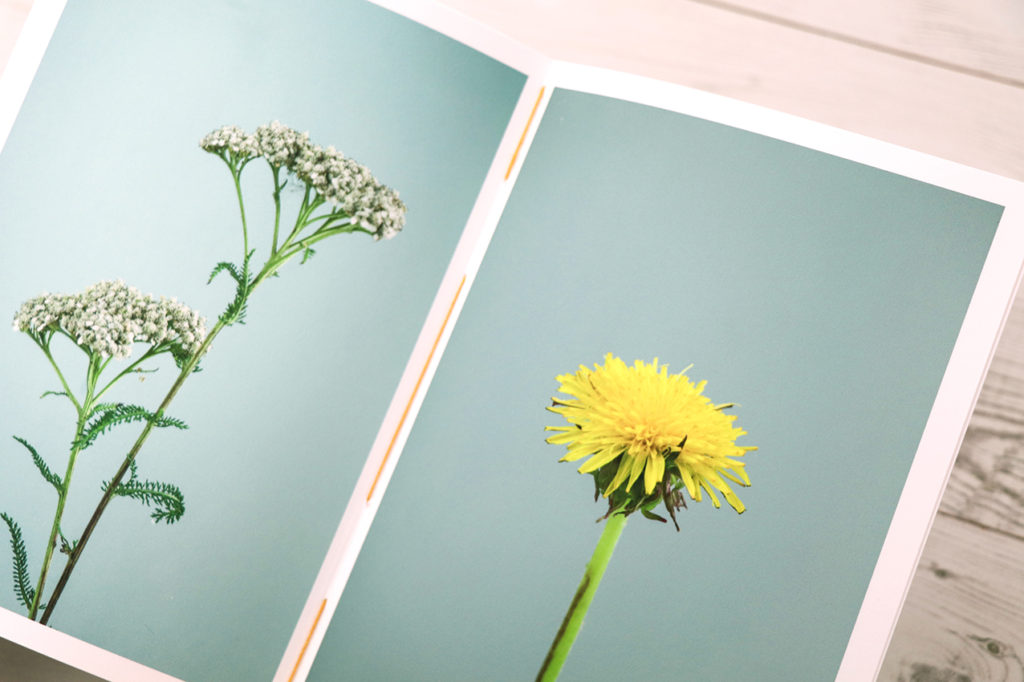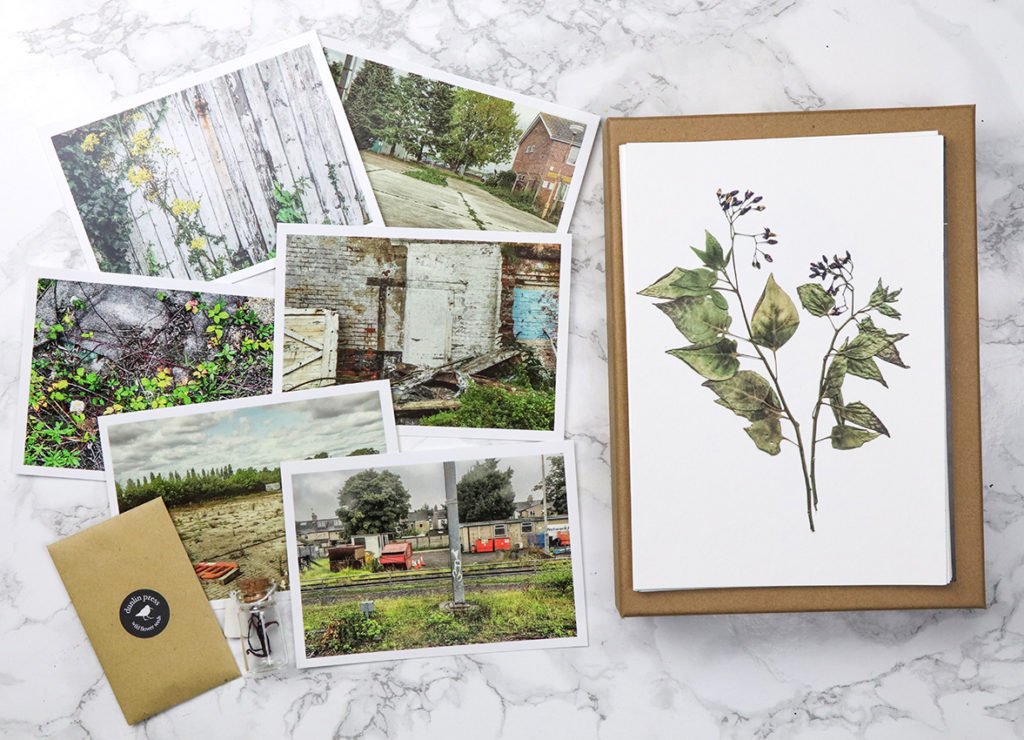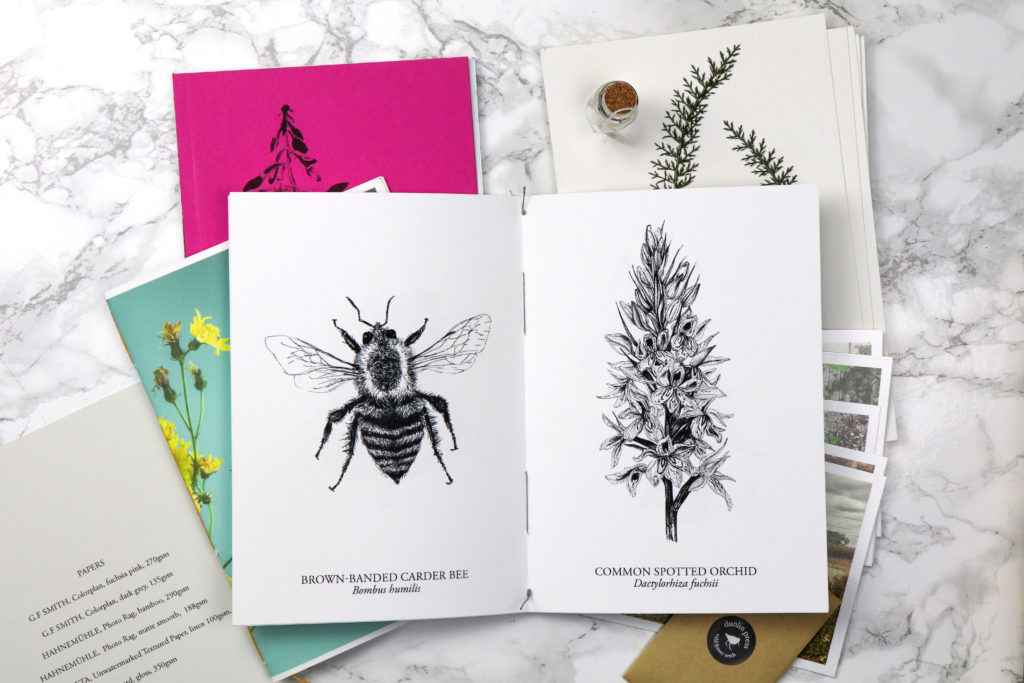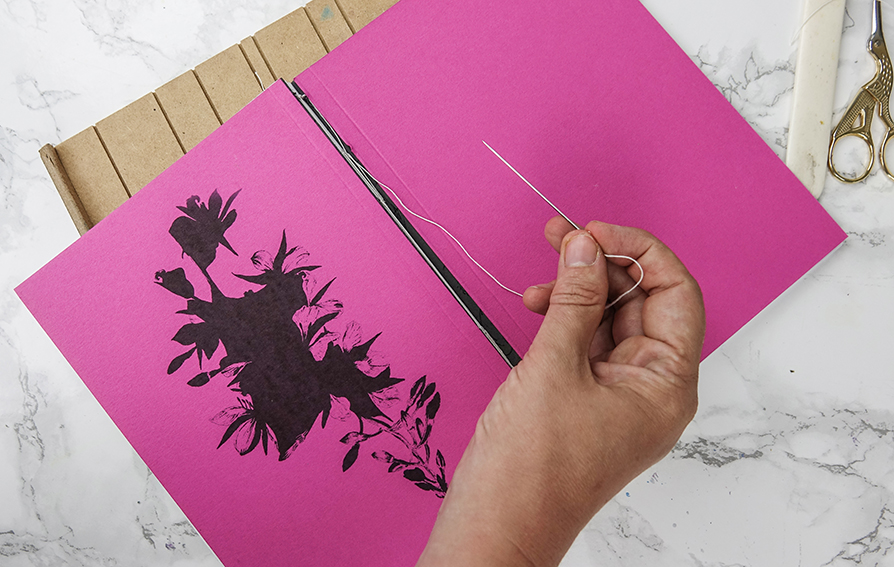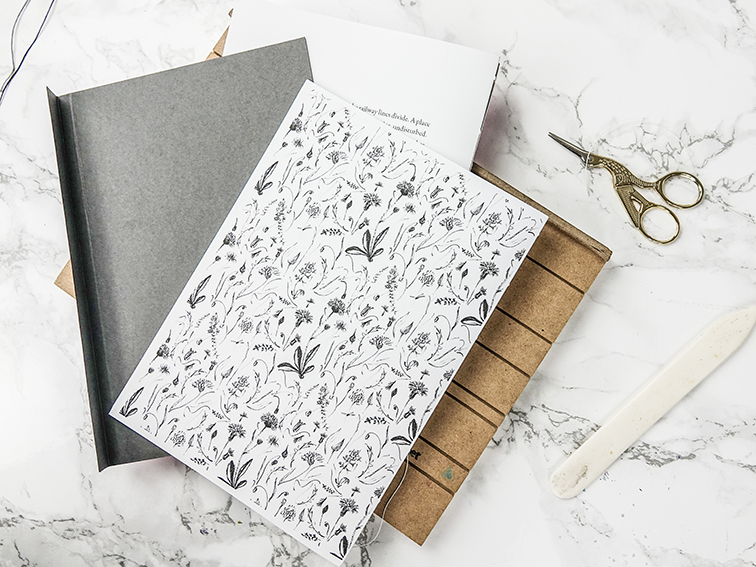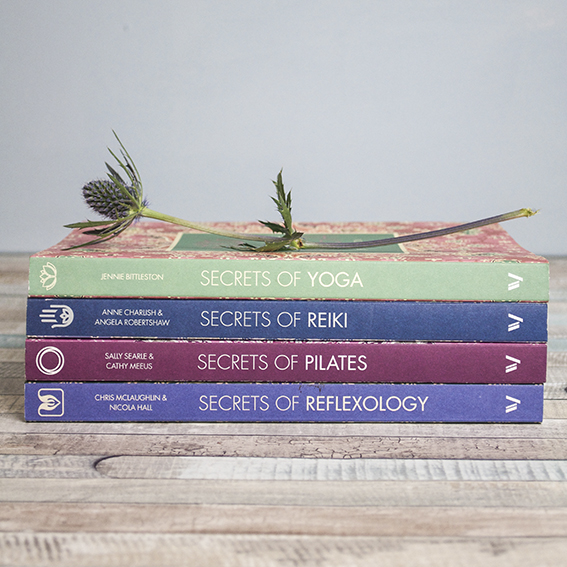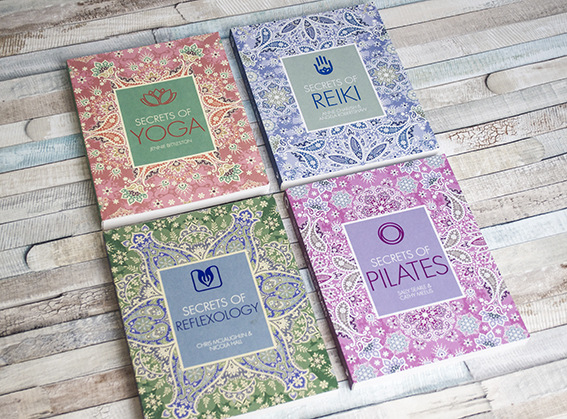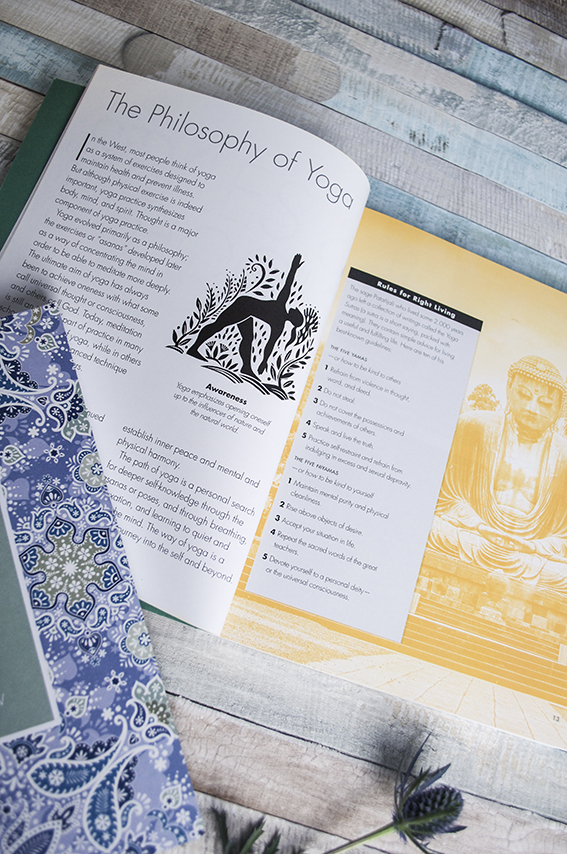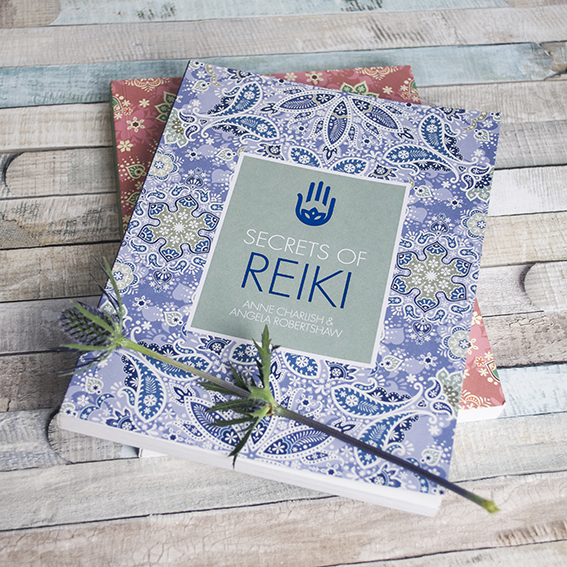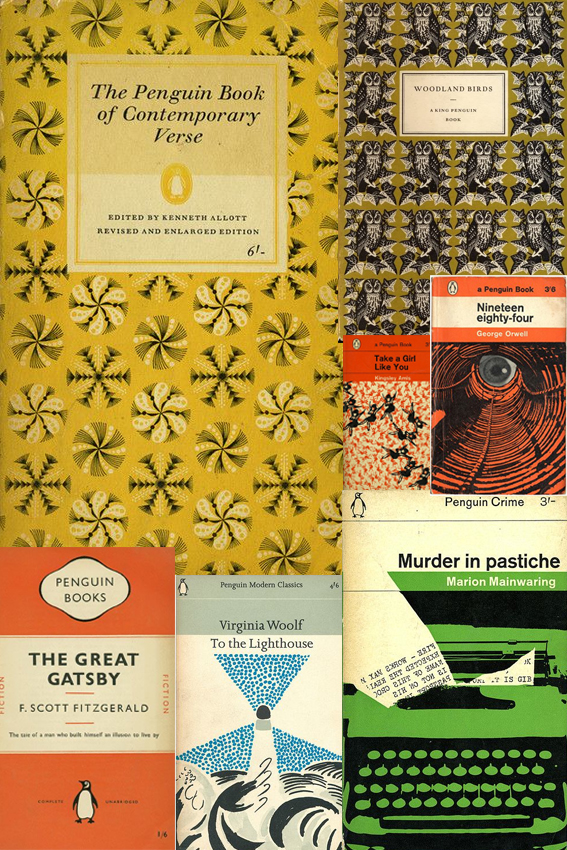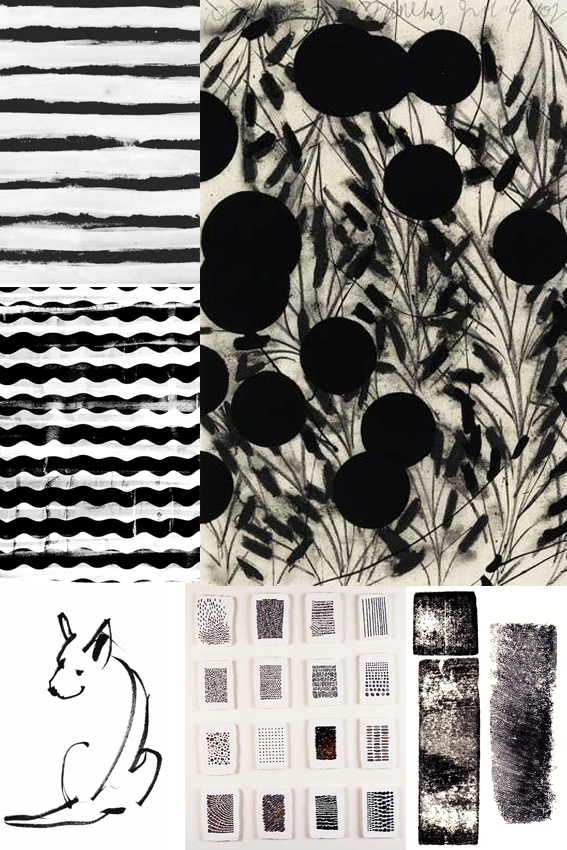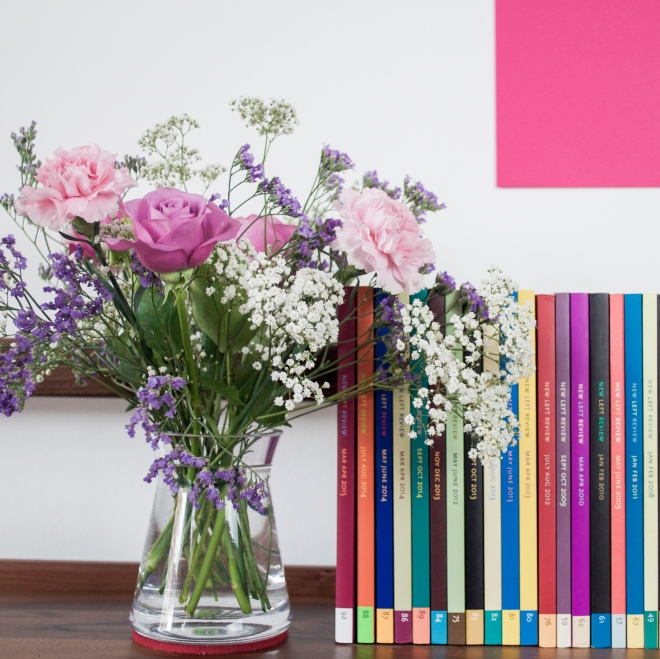
This week it’s been Independent Bookshop Week (#IBW2015). I never tire of browsing through the shelves of a local bookshop – isn’t the smell of a secondhand bookshop incredible? There’s always something to be found that I’ve never seen before – a beautifully illustrated cover, a classic Penguin or Pelican, or a work in an edition I’ve never set eyes on. Then there’s that growing list of ‘must reads’…
Over the past year I’ve been building working relationships with independent bookshops, too, as the book I’ve co-edited and written for (published by our own Dunlin Press) has been finding a home in indie stores around East Anglia.
There are thousands of books lying around Ella’s Place – some in almost every room. The jumble of colourful spines in the picture above come from a series of editions that sits in our living room. They, plus some design compendiums, a selection of oversized art books on the coffee table and a complete edition of the Encyclopaedia Britannica from 1974, give the room something of a salon sensibility. I love what books bring to a room – for me a room doesn’t feel right without them.
The majority of the books around Ella’s Place are deposited in the study. I say deposited, rather than arranged, because the floor-to-ceiling shelves are in need of some sorting out.
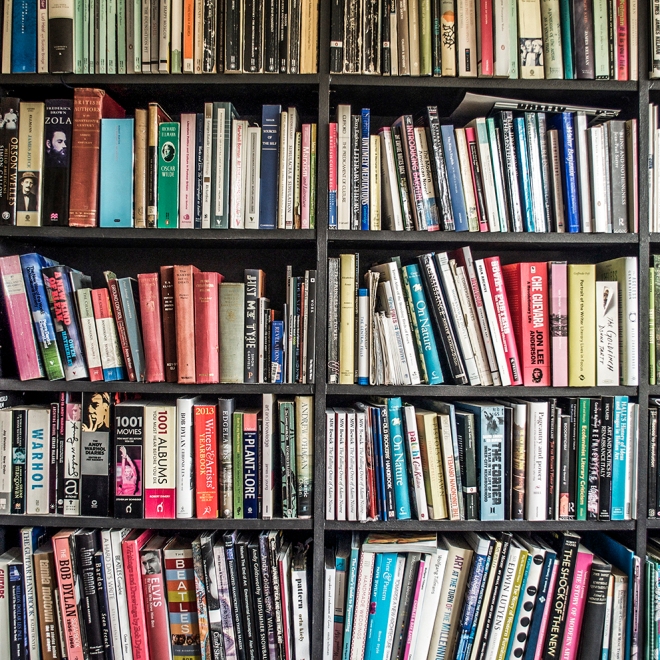
I’m not one for following a Dewey Decimal style of library classification at home (think of the work!) and, though it has a certain visual impact, I don’t take pleasure in colour coding the books on a shelf – to me it looks too contrived. In the past I’ve enjoyed grouping books by authors who I thought might enjoy conversing with each other or arguing a point. Yes, really. Let’s just say that Dr B couldn’t always second guess my logic when seeking out a novel. But whichever system I choose, I’d better get on to these shelves soon – a well-arranged bookshelf is a thing of joy.
Here are seven ways to organise your books:
1. Like a library
Let’s face it, unless you’re actually a qualified librarian it’s unlikely you’re going to try this. Just think of labelling all your books (700 is the class code for art, 800 for literature etc) is probably enough to put you off. The Dewey classification model has been around since 1876 and I doubt anyone uses it at home. Little wonder.
2. By colour
This often comes up in style magazines – and it often looks a fix. Once you get into the real specifics of differing shades of orange (tangerine, apricot?), hardbacks and softbacks, tall books and short books and the lettering on the spine, your dream of a beautiful rainbow of books will be a faded memory.
3. By size
There’s a thought that arranging books by size makes a shelf look neat. It doesn’t, it makes it look lop-sided. A good bookcase will have wider shelf spacing for larger books at the bottom and narrower shelves at the top. This should tell you all you need to know about where to put your books.
4. A to Z
Perhaps this is where the aesthete in me comes out. Yes, alphabetising your books should make them easy to find, but it will bring about some strange juxtapositions and overall it feels a little unnatural, a little forced. In any case, your shelves are more than an index, they are a thing of beauty – respect them as such and make them look good. Would you hang pictures in alphabetical order?
5. By Genre
Split your books by genre with art books on one shelf, craft books nearby, novels on another, biographies on another etc, and you’ll start to achieve some of the sense that you get when you go into any bookshop. If you can’t resist the temptation of arranging your books A–Z, do it within these genre sections.
6. By Room
Okay, I’ll whisper it, but for many people (I know, I’ve visited), the smallest room in the house contains a small collection of reading matter – and usually something a little lighter than War and Peace. Similarly, coffee table books are often large, flick-through, pictorial volumes that are easy to peruse while having a cuppa – and in the kitchen, of course, you put cookery books. It makes sense. If you have a lot of books, remember this and split your collection up sensibly. What might be good in a guest room? What should move back to the office space? And, of course, which books do you want to show off in the place you entertain?
7. By Common Sense
Really, there are only two things to remember when organising your books. One, you need to be able to find a specific book easily when you want to refer to it. So, decide on your system of organisation and stick to it, always putting a book back in its place when finished with. And two, remember that books take up a lot of wall space. Treat them as you would any other treasured household object – arranged with care they can bring a room to life.
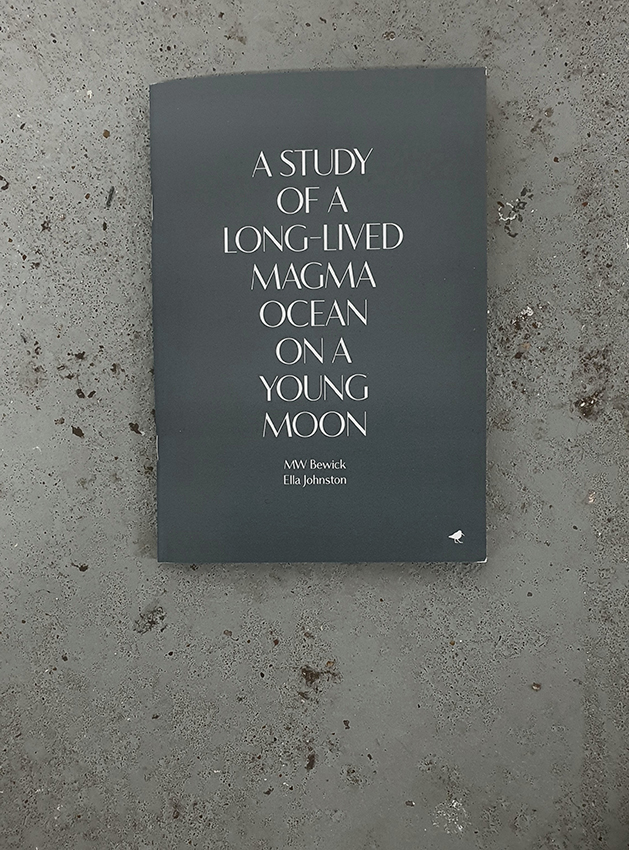
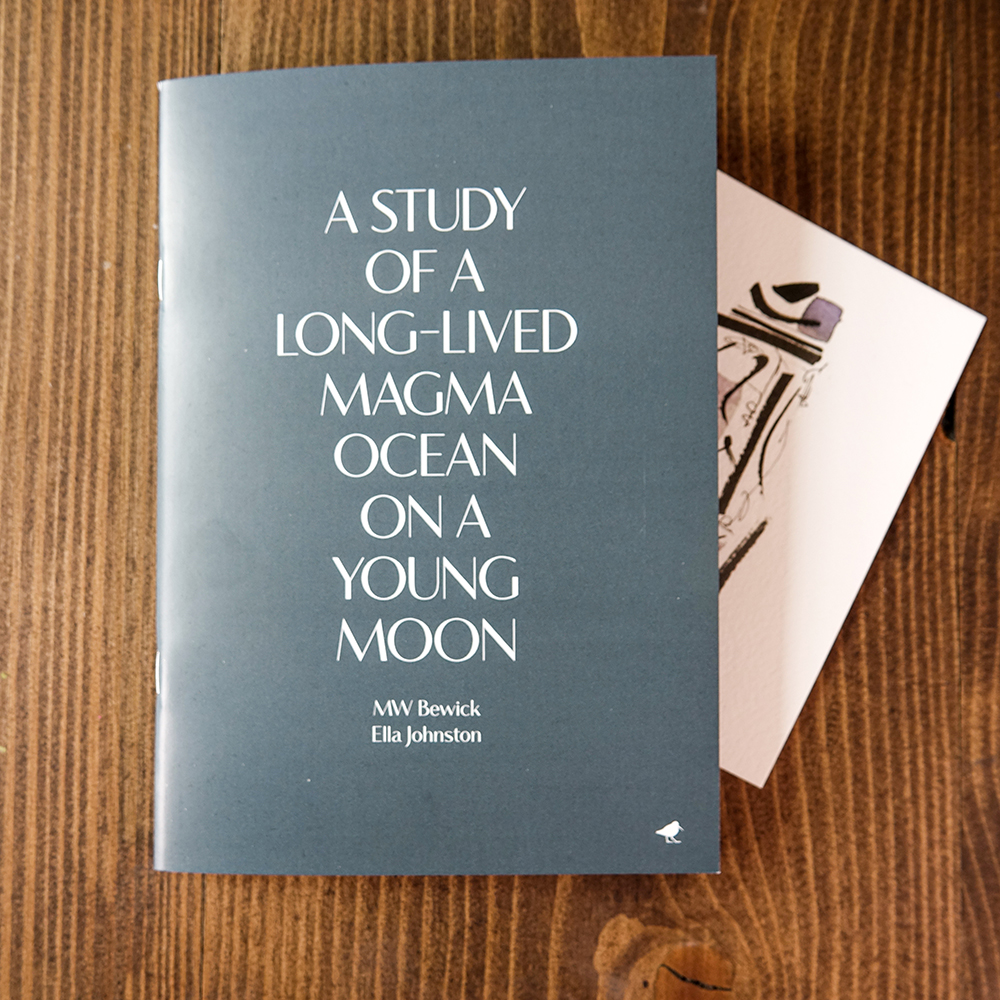
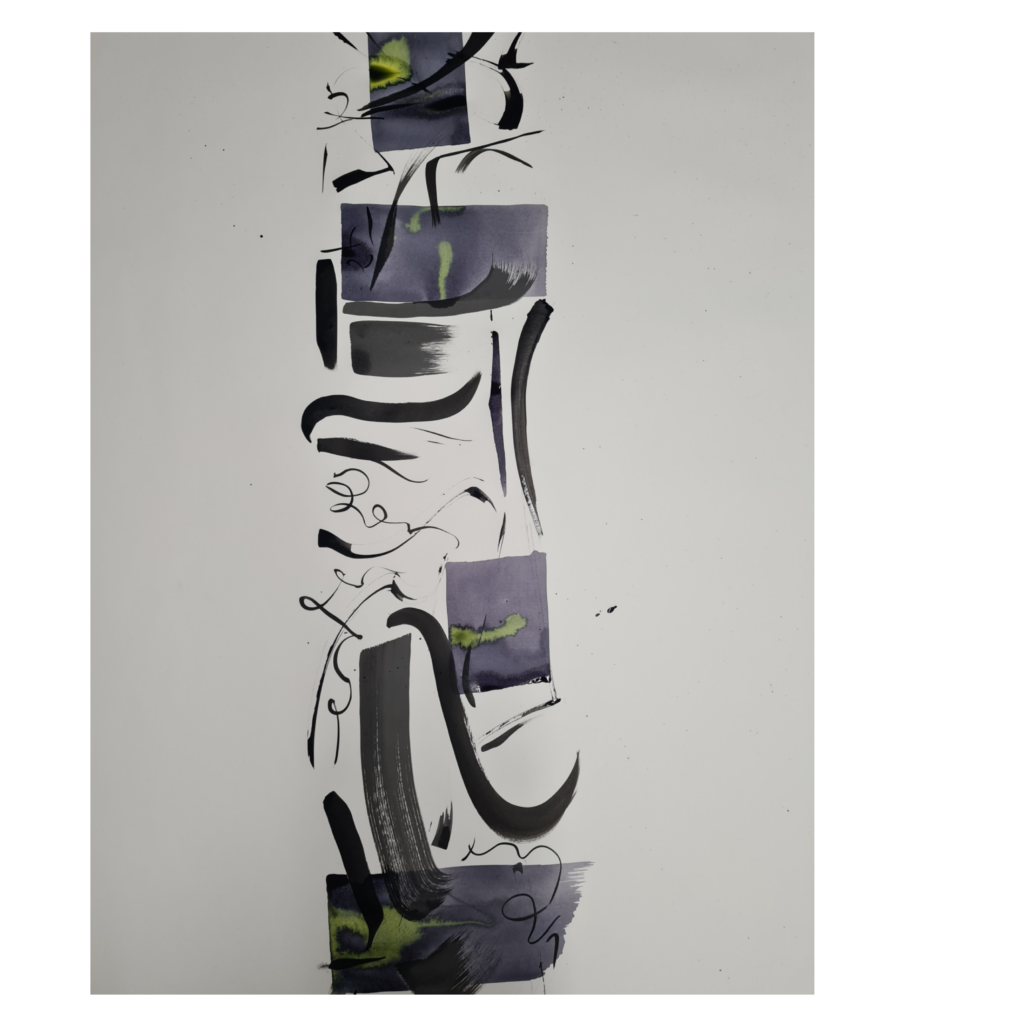 We wanted the new book and art installation to be a full experience. So MW Bewick created a soundtrack, available on Band Camp to accompany the piece. I also created some ceramic relics for the project.
We wanted the new book and art installation to be a full experience. So MW Bewick created a soundtrack, available on Band Camp to accompany the piece. I also created some ceramic relics for the project.